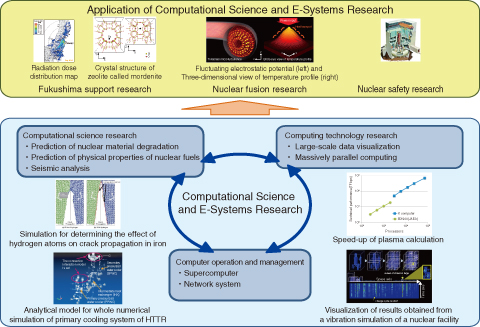
Fig.10-1 Advanced computing and simulation technology and its application to current nuclear research
Computational science research, computing technology research, and computer operations and management are jointly promoted, and the results are applied to research that supports efforts to resolve the problems in Fukushima and atomic energy research.
Computational science is now widely regarded as the third research methodology, following theoretical and experimental research methods. Computational science is indispensable for the elucidation and prediction of phenomena that are difficult to observe or replicate experimentally.
The Center for Computational Science and E-Systems promotes important research in nuclear energy fields, such as prediction of nuclear material degradation, prediction of physical properties of nuclear fuels, and seismic analysis. As a computing technology research, we promote large scale data visualization and massively parallel computing. Additionally, computer operation, management of supercomputers, and network maintenance are promoted in conjunction with our core research areas. Furthermore, our research results are developed further in the domains of Fukushima support research, nuclear fusion research, nuclear safety research, and so forth, through cooperation with organizations both inside and outside JAEA (Fig.10-1).
First, we introduce the research Topics that have been developed for Fukushima support. In Chapter 1 Topic 1-5, we build a system that manages radiation dose measurement results by environmental monitoring and make them available to the public and administrative personnel. In Chapter 1 Topic 1-7, for more efficient decontamination, we clarify the Cs adsorption-desorption mechanism on clay minerals through supercomputer simulations.
Second, we introduce computational science research that has been undertaken. In Topic 10-1, the new knowledge obtained by applying computational science to the analysis of nuclear material degradation is shown. Topic 10-2 introduces research and development toward a new earthquake risk evaluation technique for a nuclear installation based on Monte Carlo simulation. Computing technology research that succeeds in the development of a high-speed computation technique is shown in Topics 10-3 and 10-4. In Topic 10-3, a full-scale simulation of the thermal conductivity behavior exhibited by a superconductor is presented. This was previously impossible because it required a large computing time in general. In Topic 10-4, we show how a multi-scale simulation for evaluating and forecasting plasma turbulence is made achievable by maximizing parallel computing performance.
We work on nuclear research and development using computer science and technology, engage in computer technology research and development that supports nuclear research and development, and have promoted the application of research results to various fields. In the future, we will continue to work diligently on nuclear research and development utilizing advanced computational science.